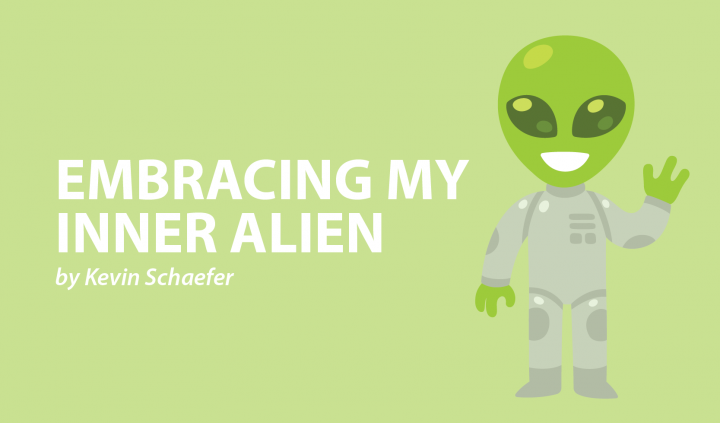Boy Meets Wonder


The ABC sitcom “Boy Meets World” was a staple of my childhood. My sister and I spent many afternoons watching the hilarious and often idiosyncratic adventures of Cory, Shawn, and Topanga play out. Cory was the loyal and good-natured protagonist who had a million questions about life, Shawn was the rebellious best friend with a multilayered persona and backstory, and Topanga was Cory’s headstrong girlfriend who kept the trio pushing forward.
And for most kids born in the 1990s, Mr. Feeny was our first and greatest teacher.
“Boy Meets World” offered viewers plenty of whimsical and lighthearted episodes, particularly in its earlier seasons when the characters were in middle school. However, as the show progressed, it explored much heavier subject matter. Storylines dealt with parental abandonment, domestic abuse, drinking, sex, death, and more. Any fan will also remember the iconic episode “Cult Fiction,” in which a wayward Shawn is lured into joining a cult.
I know I didn’t grasp or comprehend all of these themes as a kid, but I still found the characters relatable. They were quirky and grounded people who were just trying to navigate the world around them, and they shared many of my questions and anxieties. It’s only since rewatching the series as an adult that I’ve realized how ahead of its time it was.
Thinking back to my middle and high school days, this part of my life could have been adapted into a coming-of-age dramedy. When I entered sixth grade, I was only a few months post spinal fusion surgery, which is something I doubt I shared in common with any of my peers. I was used to being the only wheelchair user in my class with an adult aide at my side, but I had left behind the comfort of my elementary school where everyone knew me. I was in a new environment with new people, and I had to adapt accordingly.
It was around this time when I began to really discover my love for acting and storytelling. Though I had been in church plays and participated in the launch of my elementary school’s drama program, I had only scratched the surface. Because my middle and high schools were magnet schools, both offered robust theater and arts programs. From that first acting class I took in sixth grade, I fell in love.
This set me on a path of wonder I couldn’t escape. I was able to explore myself and get lost in other worlds. Whether I was playing a teenager in the Civil War, Oberon in “A Midsummer Night’s Dream,” or voicing a Cyclops in Homer’s “The Odyssey,” I became absorbed in the minds of these characters.
As my interest in writing developed, I turned more of my attention to this outlet in high school. I took creative writing and film classes, and I attended summer writing workshops in lieu of more traditional camps. I was kind of a nerd, and not much there has changed.
It didn’t hit me when I was 12, but eventually, I came to realize that creativity was a powerful coping mechanism for my insecurities and internal struggles. The more I explored my identity and my disability, the more I understood how writing and storytelling were fundamental tools in my journey of self-discovery.
My interests evolved as I got older, but storytelling and that sense of wonderment remained at the center. As I wrote in my last column, I don’t believe in limiting myself to one form of artistic expression. Journalism, comics, and podcasting became outlets for me in college and beyond. This column about living with SMA is by far the most consistent, challenging, and rewarding creative endeavor I’ve ever undertaken.
Even as an adult, I still share many commonalities with characters like Cory Matthews. I still have a million questions about the world, and I believe it’s a gift to never stop learning.
And for those wondering, I have indeed delved into the spinoff series “Girl Meets World.” I may be 27 years old, but I definitely freaked out watching Cory and Shawn reunite.
***
Note: SMA News Today is strictly a news and information website about the disease. It does not provide medical advice, diagnosis, or treatment. This content is not intended to be a substitute for professional medical advice, diagnosis, or treatment. Always seek the advice of your physician or other qualified health provider with any questions you may have regarding a medical condition. Never disregard professional medical advice or delay in seeking it because of something you have read on this website. The opinions expressed in this column are not those of SMA News Today, or its parent company, BioNews, and are intended to spark discussion about issues pertaining to spinal muscular atrophy.
The post Boy Meets Wonder appeared first on SMA News Today.



